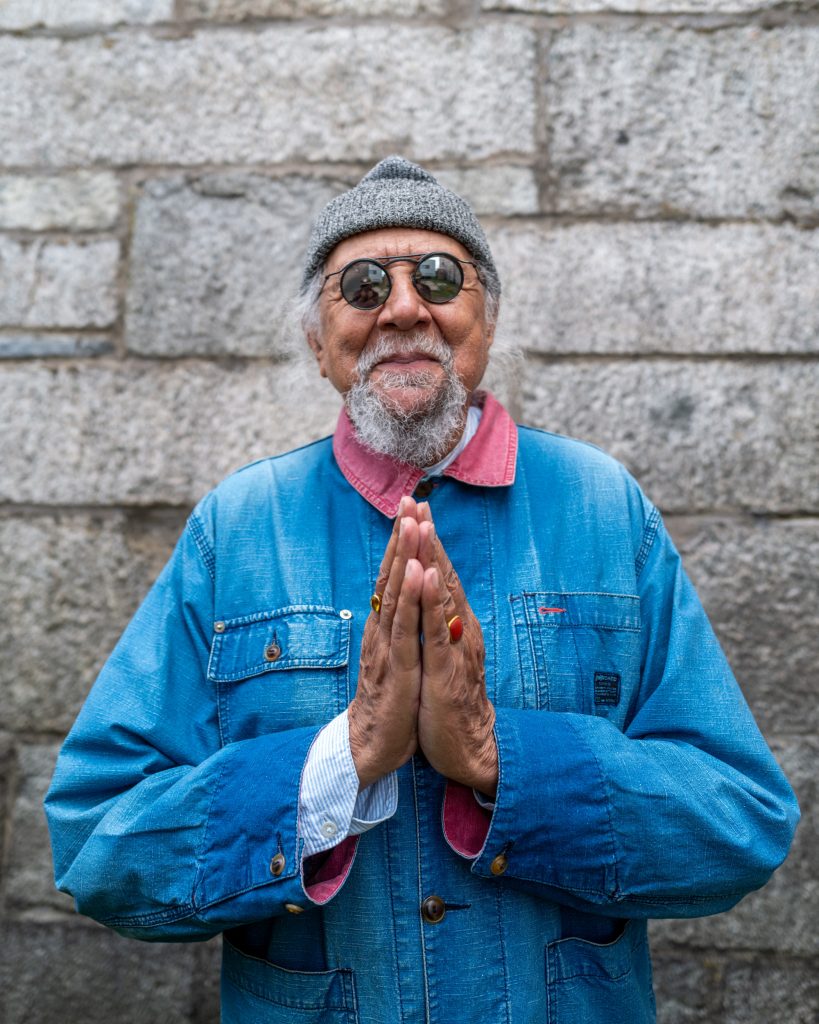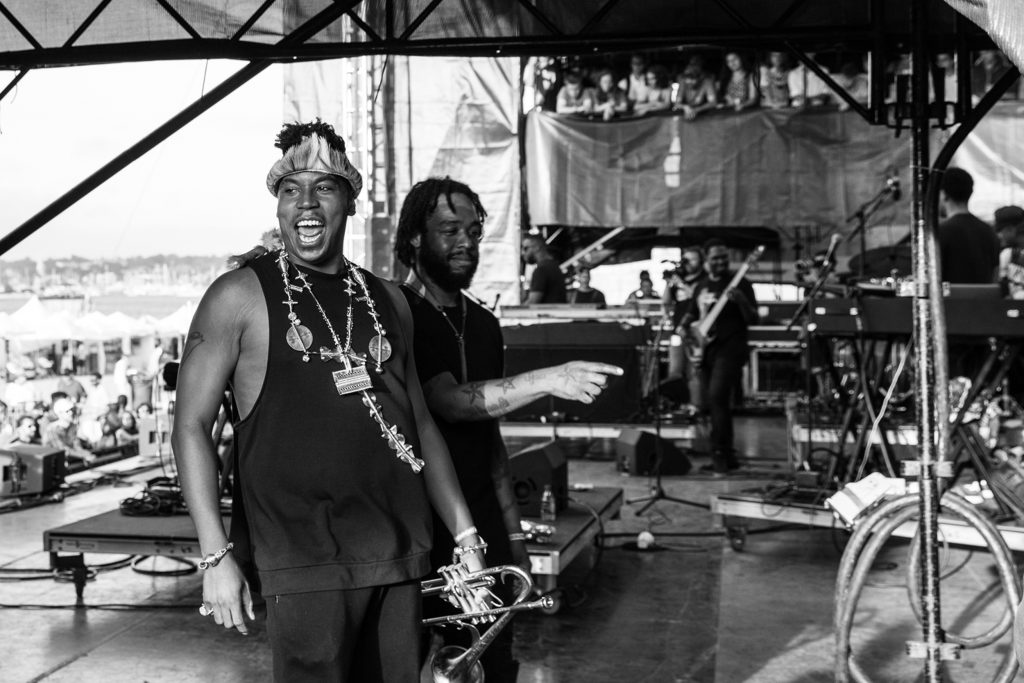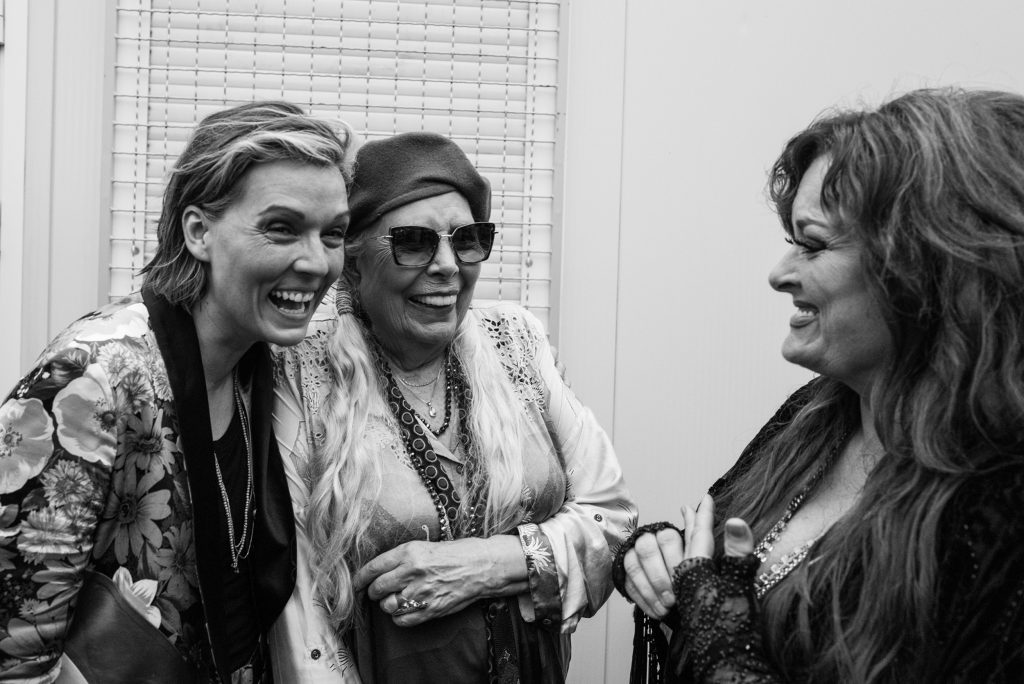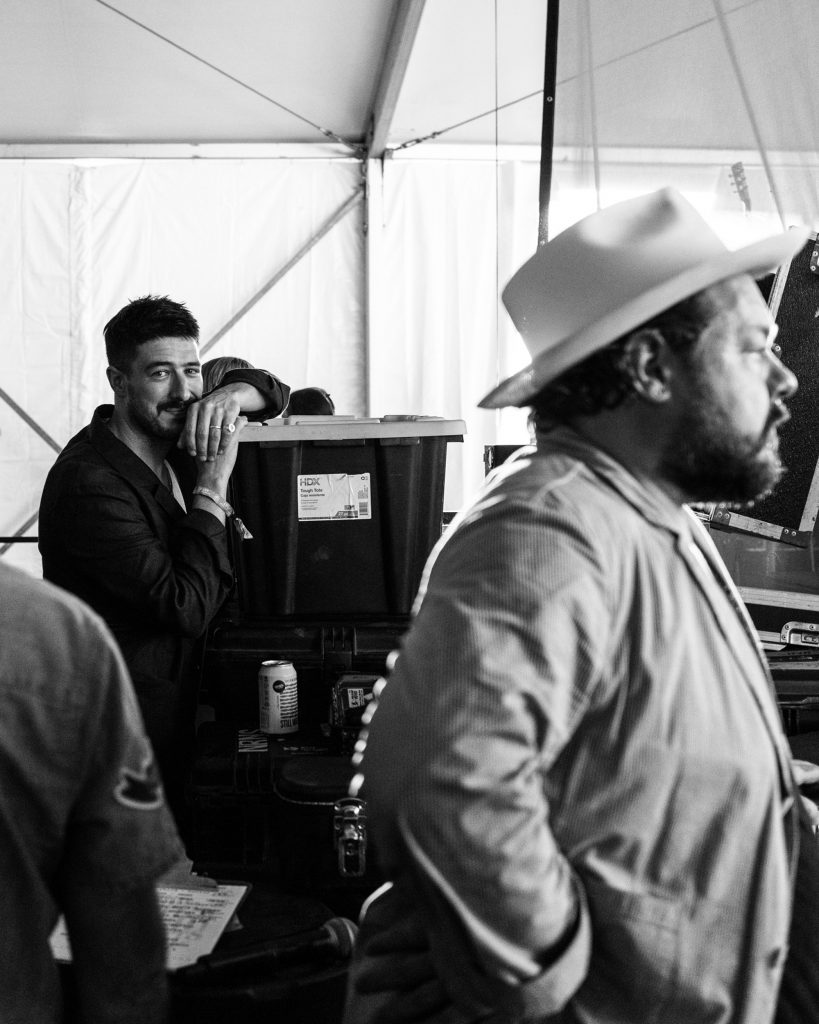Photo
How to Photograph a Music Festival
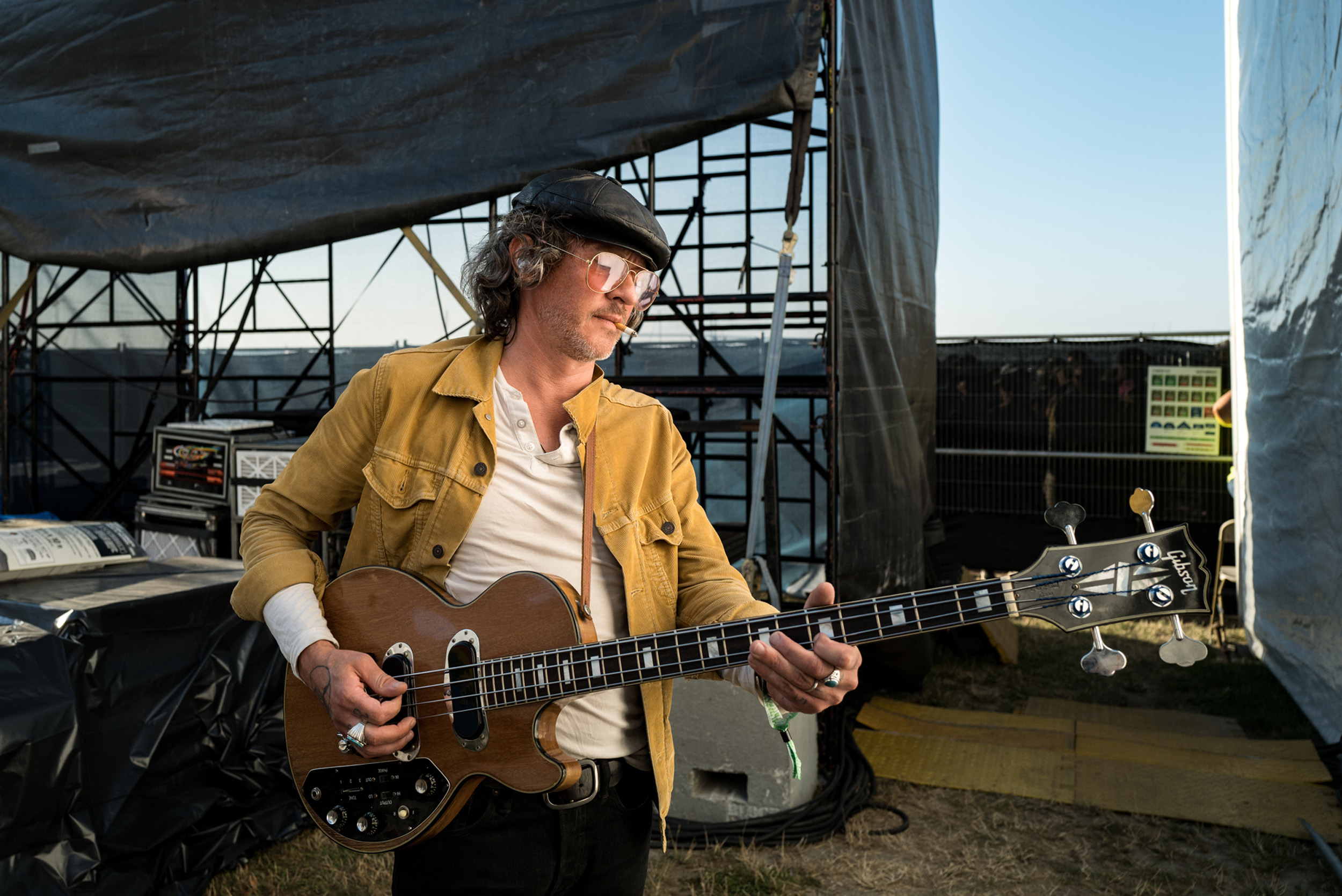
There have never been more opportunities for photographers to cover music festivals than there are today. From big-name festivals in major markets to smaller regional and local festivals, these events offer a fun and challenging experience for both the newcomer and the seasoned professional. With a decade of covering festivals large and small, in this article, I’ll give you some insider tips on how to have a safe, successful, and enjoyable festival photography experience.
The first thing we need to discuss is access. In my experience, all but the smallest of local festivals prohibit ticket holders from bringing professional still or motion cameras past the security gate. So this leaves us with three options, getting a press pass, working for a specific band that is playing the festival, or working for the festival itself on an in-house photo team. None of these options are easy to get, but with the right combination of research, networking, tenacity, timing, and a strong portfolio, they are attainable. Press passes are the least difficult of the three to obtain, and often reaching out to smaller regional media outlets will be your best bet. The second two options come with time, experience, and a healthy dose of networking.
The next thing we need to talk about is gear. There are countless resources online that explain in detail what cameras and lenses you’ll need, so I’ll focus more on things that might get overlooked. First and foremost, is hearing protection. From cheap foam to custom fit, there are options for every budget, so don’t risk permanent damage to your hearing. The industry standard festival kit consists of two camera bodies, one with a wide-angle zoom, and the other with a long zoom. A smaller compact camera can come in handy as well but I’ll touch on that later. Make a checklist before you head out for the day: Cameras, batteries, chargers, memory cards (the more the better), hard drives, a card reader, and a way to edit your work (phone, tablet, laptop). Have a file backup system in place and back up at the end of each day before you format your cards. Drives and cards fail, backups will save you from heartbreak and headaches when it eventually happens. Other items that are essential: lens wipes, a rain poncho, rain sleeves for cameras, a good gear belt or camera harness system, and a bag to fit it all in. Getting caught in the elements unprepared is a surefire way to ruin your day and possibly thousands of dollars worth of gear.
A water bottle, sunscreen, snacks, ibuprofen, and hand sanitizer are all advisable as well. Staying hydrated and eating well will be the best preventative measures you can take to avoid going down in the middle of a festival. Heat exhaustion and dehydration are real threats, so take care of your body. Also, find the cleanest, least used bathroom you can that is close to your base of operations. There’s nothing worse than having nature call only to be stuck waiting in long lines for filthy port-o-johns with 50,000 other people.
How you present yourself speaks volumes. Festivals have a relaxed atmosphere, but remember you are at work and you represent whoever hired you to be there. Wear simple dark breathable clothing and proper close-toed footwear. You want to blend in and avoid injuries that will end your day, so leave the sandals and brightly colored apparel at home. The louder your look, the more likely you are to be singled out by festival security, notoriously grumpy tour managers, or the bands themselves. This will probably be the most controversial statement of this article: I adhere to a strict no shorts philosophy. My niche in the festival world is documenting the backstage experience and working in shorts doesn’t feel professional to me. One of the biggest keys to successfully operating in that arena is looking like you belong there. The attitude and manner in which you present yourself will be the difference in whether doors get opened or stay shut. Look like a pro, act like a pro, get treated like a pro. The inverse is equally true.
It takes an elevated level of assertiveness to photograph live music, but remember to be kind to your colleagues, festival staff, and the audience. Photo pits are crowded and chaotic, sometimes having unspoken hierarchies, but respect and kindness are generally repaid in full. If you take nothing else away from this article, please remember this: The audience spent their hard-earned money to see the bands, not to watch you take photographs. If you find yourself in the pit or on stage after the first three songs, work quickly, don’t obstruct the audience’s views for any longer than absolutely necessary, and don’t be so aggressive that the bands are distracted by your presence. The last thing you want is a tour manager or security coming to yank you off the stage or out of the pit. Having an artist call you out while they are playing is even worse. It’s a fine line to ride and sometimes we have to cross it to know where it actually is. It’s in our nature as photographers to push as far as we can to get the shot, but should you find yourself caught over the line, apologize graciously rather than react in anger or frustration. Creating a scene will not help your situation in any way. This is a small world, news of bad behavior travels fast, far, and wide.
I’m an average live music shooter at best, but as I mentioned earlier, what I do best is documenting the moments most people don’t get to see backstage and making portraits under pressure and with extreme time constraints- usually just a minute or two at most. The backstage areas are considered sacred spaces where the musicians can let their guard down, being granted access to it is a very special thing that requires a great deal of trust, respect, and discretion. In my ten years of being on in-house festival teams, I’ve learned quite a lot about how to successfully navigate that world and I’ll share some bits of advice with you.
We’ve talked about looking the part, acting like you’re supposed to be there is the second part of that equation. It’s all about projecting quiet confidence. It’s perfectly normal to feel intimidated or nervous around high-profile musicians, you just can’t show it. A cool, calm, and collected mindset is the way to go. Acting like a rabid fan in those spaces will repel the artists. The most critical skill to have in these situations is being able to read the energy, mood, and body language of those around you. This will allow you to know when to engage and when to back off.
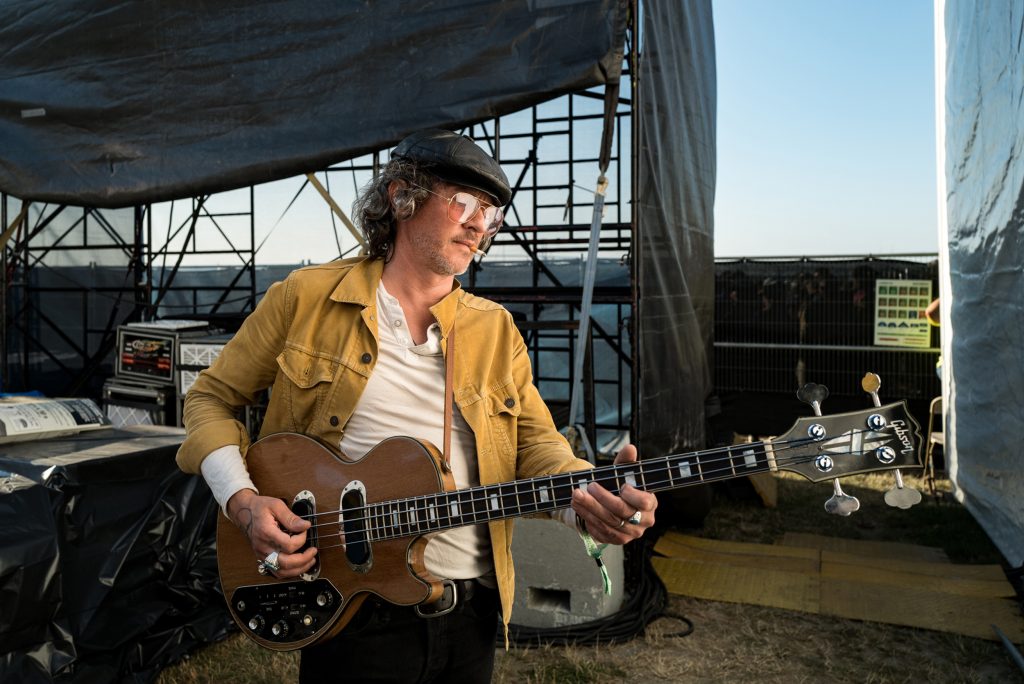
No one feels comfortable in tight quarters when a photographer is ca-chunking away with a DSLR and a big lens, so this is the perfect place for a compact camera. For the last few years I’ve been using a Leica Q2, but any small camera will work. You want people at ease, not on guard. Showing restraint goes a long way when building trust. It happens almost instantly, and most of it has to do with how you carry yourself – cool, calm, collected, and confident. Be a good conversationalist, but avoid making yourself the center of attention, and know when to bow out. Again, being able to read the room is paramount. You must be fearless while being sensitive. It’s never easy to predict where opportunities will materialize, but patience and vigilance will pay off. Also, ask for what you want, be it a portrait or musicians warming up before their set in the dressing room. The worst anyone can say is no. Remember to show gratitude and grace no matter the answer. If you are gracious with an initial no, a second opportunity may present itself and you’ll get your shot. The more you work in these environments the easier it will get. You’ll build relationships with artists, which other artists will notice and in turn, accept you as part of that ecosystem. Don’t stress yourself out, while it may be high-pressure, it should still be fun, don’t let them see you sweat.
The last thing I’ll touch on is protecting your copyright. There’s been a shift over the years to work-for-hire agreements for photographers. You’ll have to consider if the access you get is worth trading away the ownership of your images. Not every festival or publication will do this, but it’s becoming more common. No prints, no licensing, no say in how your images are used by the client or future revenue from said use. Read any contract or release you’re asked to sign thoroughly. Some of these contracts will be negotiable, others will not. This model of rights grabs is not beneficial for our industry as a whole, so stay informed and stand up for yourself in a professional manner. And with all that said, go out and make some legendary photographs!
Related Reading
- A Guide on What to Bring for a Landscape Photography Excursion
- Photographing the Brown Bears of Brooks Falls
- The Lensrentals Podcast Episode #62 – From Concert Photography to Commercial Videography
- Customer Stories – Photographing the SpaceX Falcon Major Launch
Author: Josh Wool
My name is Josh Wool and I’m a commercial photographer based in Northern California. I built my career in New York City and my work spans the advertising, music, editorial, and entertainment industries. I’m best known for my portrait work and my ethos is portraying beauty in simplicity.-
spider-mario
-
Tony Saddler

